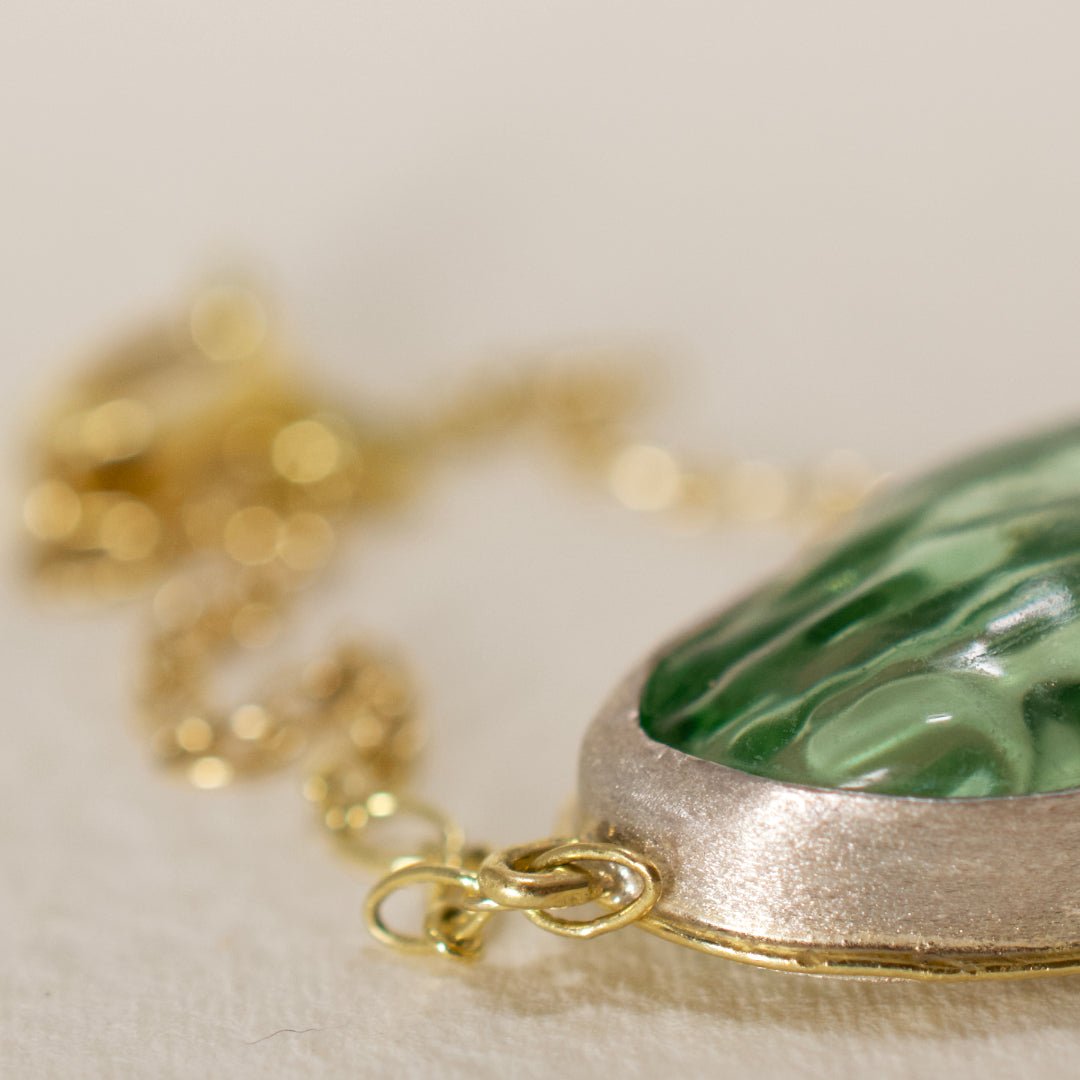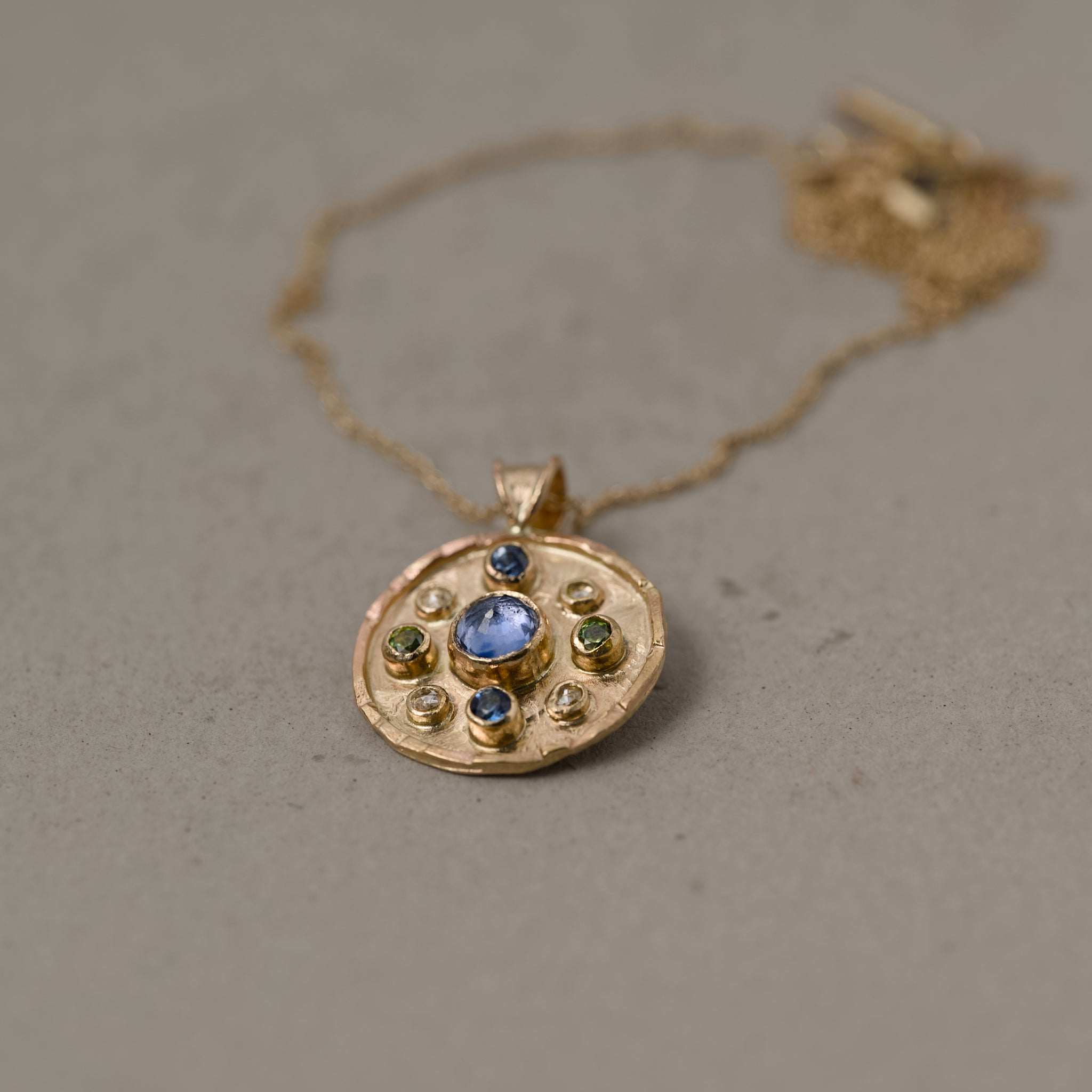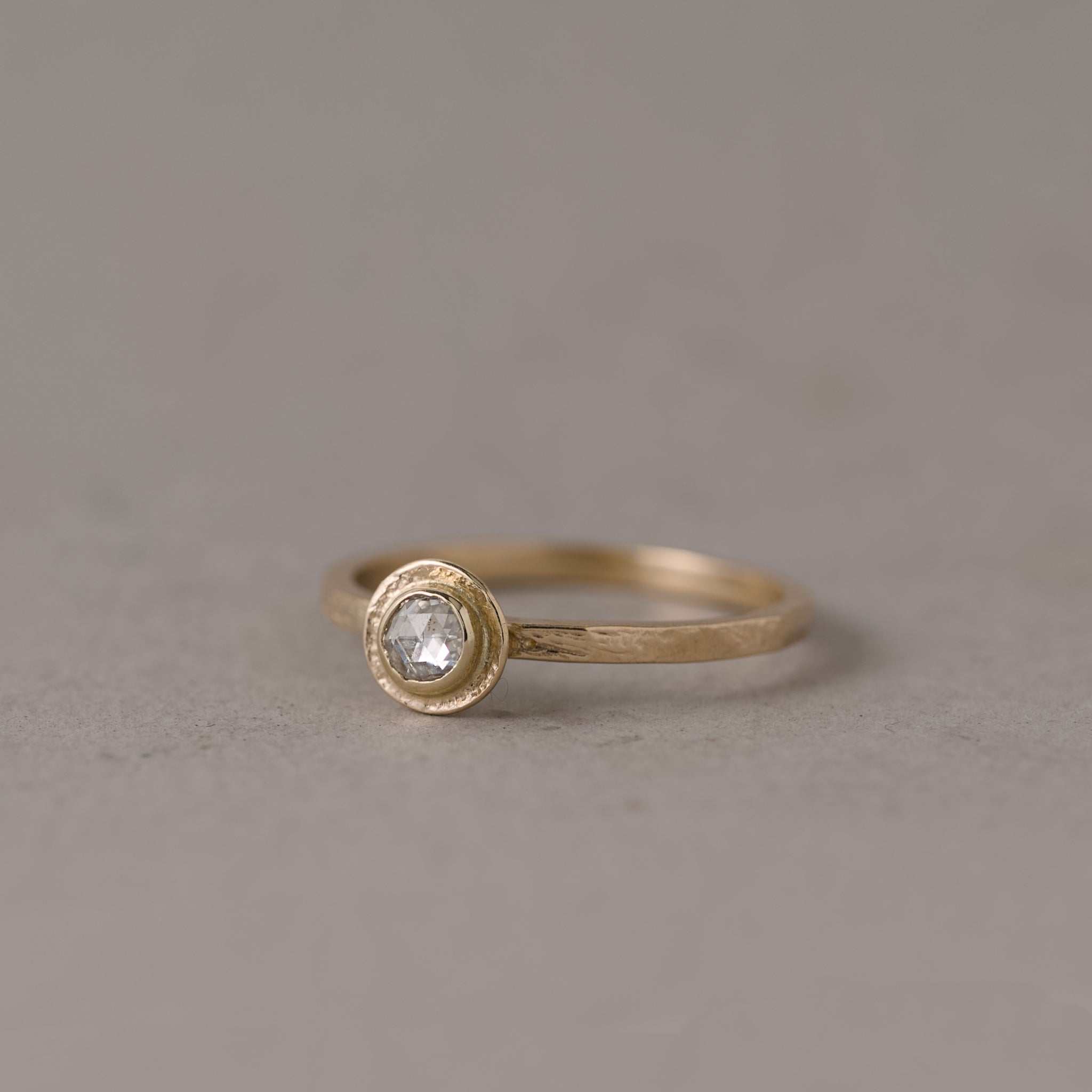
 he origins of a business name for artisans often comes down to a choice, either use your own name or choose something different.
he origins of a business name for artisans often comes down to a choice, either use your own name or choose something different.
By sheer luck and maybe a bit of divine timing, I decided to not use my name for my new fine jewellery brand.
I distilled what the jewellery was: artistic, natural & colourful & decided a colour reference would be terrific. Orange is my favourite colour and soon vermilion popped onto my radar. Even better it was spelt the same way in many languages, had a rarified artistic history and importantly the domain name was available. To this Leo, with name lion embedded, Vermilion indeed became a heavenly match.
 ermilion was one of the most revered artistic pigments during the Renaissance. In the Far East it was extremely valuable as the colour behind the 'Chinese red' of laquered furniture and object d'art. The pigment was also used as the 'sindoor' (red dot) adorning the married foreheads of Hindi women.
ermilion was one of the most revered artistic pigments during the Renaissance. In the Far East it was extremely valuable as the colour behind the 'Chinese red' of laquered furniture and object d'art. The pigment was also used as the 'sindoor' (red dot) adorning the married foreheads of Hindi women.
Vermilion was used as a very vivid and bright red in paintings & text, often appearing on the religious robes of eminent subjects such as cardinals and saints. Its intense red orange colour was featured in Renaissance paintings and illuminated texts with no comparison. Titian (1488-1576) was a Venetian painter and considered one of the most important artists of the Renaissance era. He was a profound influencer of colour and used vermilion in many of his famous works.

"During the Middle Ages & Renaissance, vermilion pigment was almost
as expensive as gold leaf"
Vermilion is not a single colour but a range of shades from vivid reds and scarlets to deep orange depending on the dilution of cinnabar mineral. Producing the pigment was difficult, secretive and because of its expense was easily targeted by fraudsters who often diluted the cinnabar mineral with red lead or brick. Often the best recipes were held by monks and apothecaries.
The Florentine artist Cennino Cennini recommended making the pigment from scratch to avoid substituted pigments being hawked by those of dubious reputation.
Unfortunately the romantic sounding cinnabar held a deadly secret of actually being the highly poisonous mercury sulphide, so alternatives were actively sort to find a cheaper and less toxic version.
"the toxicity and expense of producing Vermilion led to its downfall, replaced by Cadmium Red"
The expense and danger of producing true vermilion led to the production of alternatives as early as the 12 century, the primary one being red lead. Called Minium because it was less labour intensive to make, its major downfall was its lack of brilliant intensity compared to vermilion.
It was a long wait until 1817 when German chemist Friedrich Stomeyer discovered yellow cadmium which when mixed with selenium produced red cadmium. This has remained the most viable alternative to vermilion today. Although cadmium itself is toxic, it appears in too low a concentration in pigment to be considered dangerous.
By the time Monet was painting in the late 19 Century, vermilion was being replaced by cadmium red.
 lthough superceded by less toxic and cheaper alternatives, vermilion retains its glory in history appearing in many paintings of the Renaissance & Middle Ages, illuminated texts and in chinese lacquer. The intensity and vividness of this pigment challenged the production of an alternative until finally centuries later, 19th century chemistry provided the solution.
lthough superceded by less toxic and cheaper alternatives, vermilion retains its glory in history appearing in many paintings of the Renaissance & Middle Ages, illuminated texts and in chinese lacquer. The intensity and vividness of this pigment challenged the production of an alternative until finally centuries later, 19th century chemistry provided the solution.
The real vermilion pigments can still be viewed and are fantastically preserved in many old masters paintings and it is still possible to aquire the actual pigment, although one would think for its mainly for restoration purposes rather than fresh artwork.
The colour is so intense, it would be overkill to use it in the jewellery branding colours and probably a bit naff so I had to use a lot of restraint not to do so. So it's all in the name, and as I get more competent with the trickiest glass colours of the orangey reds, I suspect some may sneak in to pay hommage to the name in the not to distant future.

Read more

confess that I have both, my daughter tends to get Tiffany jewellery from me as I love it. It may seem strange that an artisan jeweller would buy a big luxury brand but there are important emotio...

hen I got seriously back into jewellery design nearly 15 years ago, my mother said, "Ok, off to the HK jewellery show we go." Actually I'd never heard of it so went in with innocent eyes that gr...


